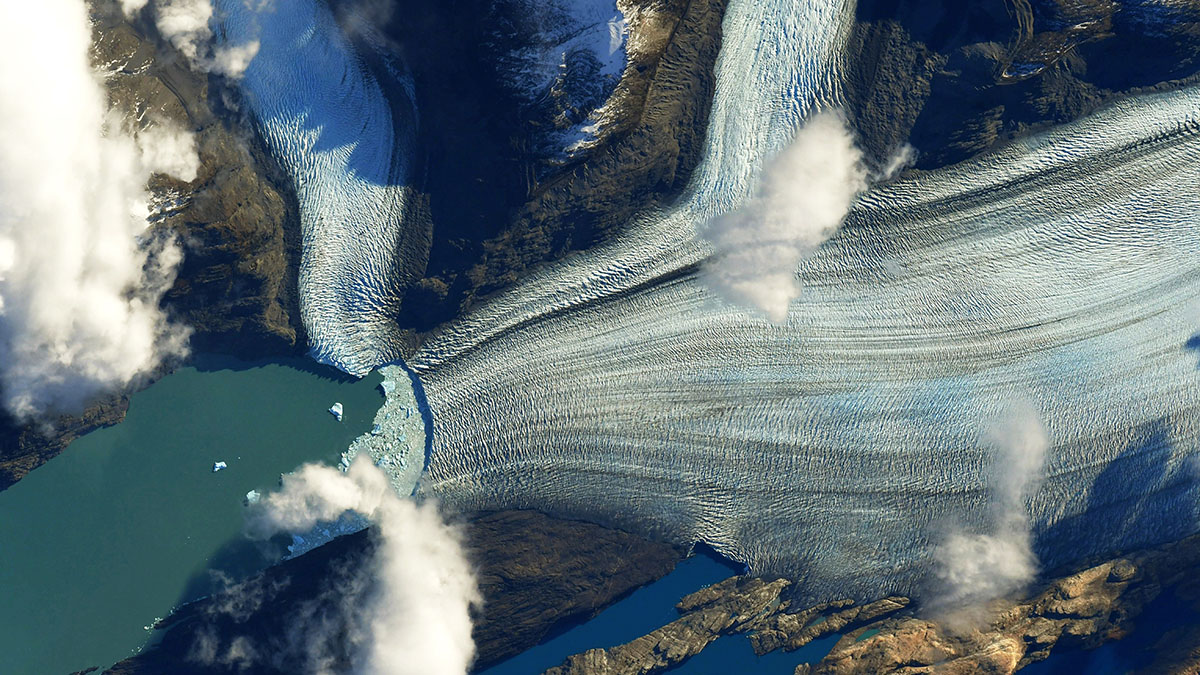HERE’S HOW TO DO IT.
Money, money, money: how to link finance and climate action?
From the money needed for the transition to the costs the impacts demand, climate change is also a story about finance. Here are recommendations on how to communicate this link constructively.
By Tais Gadea Lara, in collaboration with Kristian Elster
Few things interest readers more than issues that will affect their pockets, for better or worse. Can climate change be related to it?
Due to the August 2023 fires in Hawaii—intensified by climate change—each Hawaiian is estimated to have lost USD 4,161. For African countries to achieve their energy goals, USD 200 billion per year in investments will be necessary by 2030. Of all electricity sources, solar leads as the cheapest one worldwide in history.
Here are some recommendations for your next stories at the intersection between climate and finance.
Ask about climate change in every money story, and vice versa
When governments, banks and multilateral organizations, and representatives of the private sector met in July 2023 to discuss how to modify the international financial architecture, they did so with a dual purpose: to help the developing world a) reduce its financial debts, b) develop climate policies. As France 24 explained in this story and DW did in this one, climate finance was not an isolated issue in the summit.
Every country’s budget contains money that is allocated—or not—to policies aimed at climate action. And this does not only mean the explicit policies to, for example, protect forests. It also implies delving into how much of the budget is allocated to subsidizing fossil fuels.
The links between finance and climate change should not only discuss the costs, but also the benefits that acting on climate change will bring for a region, and how it could be replicated in other places. The New Climate Economy report found that climate action can deliver at least USD 26 trillion in global economic benefits through 2030 compared to business as usual. Deep into how this translates into an increase of GDP, generation of new jobs, cost of living.
Show how audiences might profit – or not
When a law was passed to promote the distribution of solar energy between citizens’ homes and the electrical grid in Argentina, the climate reason was possibly the least attractive to tell the story. The neighbors who had placed panels on their roofs highlighted the savings on their electricity bill by taking advantage of renewable energy and the habit changes they made to do so: not using the washing machine at night when energy was consumed from the network but doing it during the day to take advantage of the energy from the panels. That was the focus and explanatory depth of the story in the digital medium RedAcción that engaged readers.
It is important to make the benefits of climate action for a country visible, but it might be even more important to outline what’s in it for the audiences. These stories might even attract people who are not interested in climate change.
It is also relevant—and perhaps more challenging—to bring in the remoteness and complexity of macroeconomics.
Follow the commitments, follow the money
In 2014 Barack Obama committed to mobilize USD 3 billion to the Green Climate Fund. The mobilization was of USD 1 billion. Joe Biden’s administration mobilized USD 1 billion last year. USD 1 billion is still pending to complete the promise.
In the context of the pandemic, there was much talk about the need to “come out better” thinking about the planet.
The Climate Transparency Report showed that, in the recovery from the pandemic, the G20 countries allocated more money to policies more likely to harm the environment than to care for it.
It is very easy for decision makers to make promises, it is challenging for journalism to follow up on them.
Here are some questions that may be useful:
Give dimension to big numbers
USD 44 trillion needs to be invested in the global energy transition by 2030. USD14.9 billion was the cost in damages by the flood in Pakistan in 2022. The climate finance flows need to increase by three to six times annually to meet the proclaimed needs.
Governments and banks might feel comfortable handling these numbers, but they are totally removed from the wallets of audiences. It’s important to go beyond the giant number.
These questions can help you in that purpose:
Delve into the opportunities and challenges of those who give and those who receive money
Climate negotiations between governments are negotiations about finance: the developed world must transfer money to the developing world to help it implement climate policies. The opportunities for stories about this are multiple.
Menu



